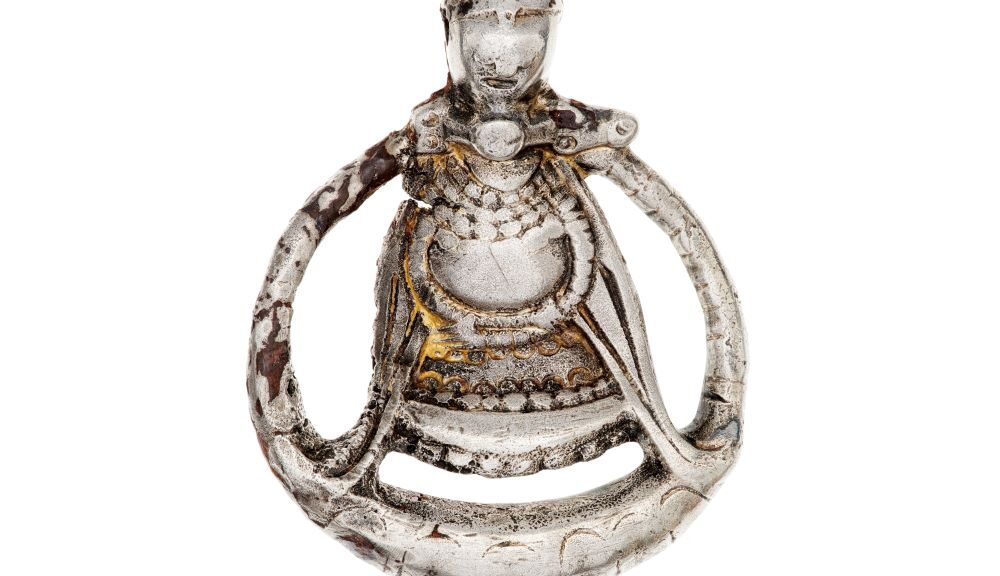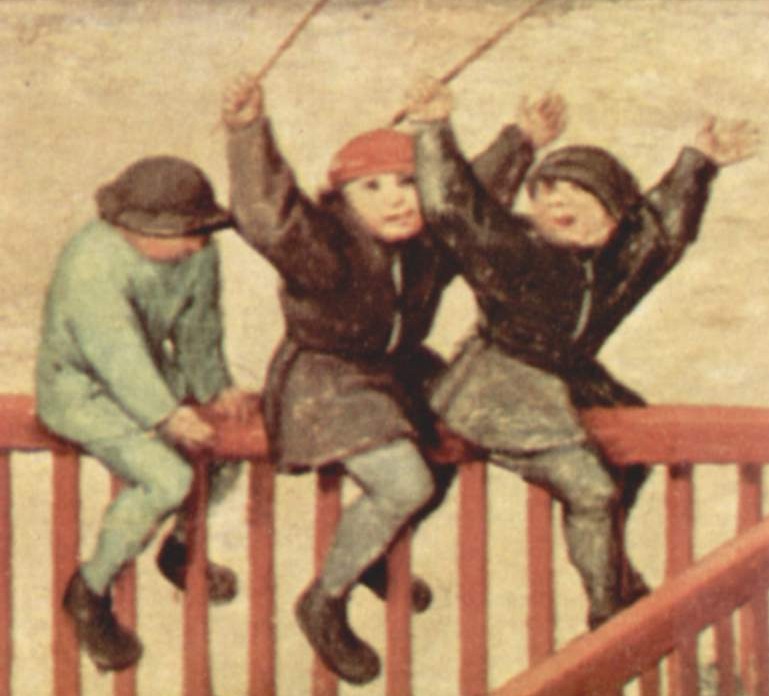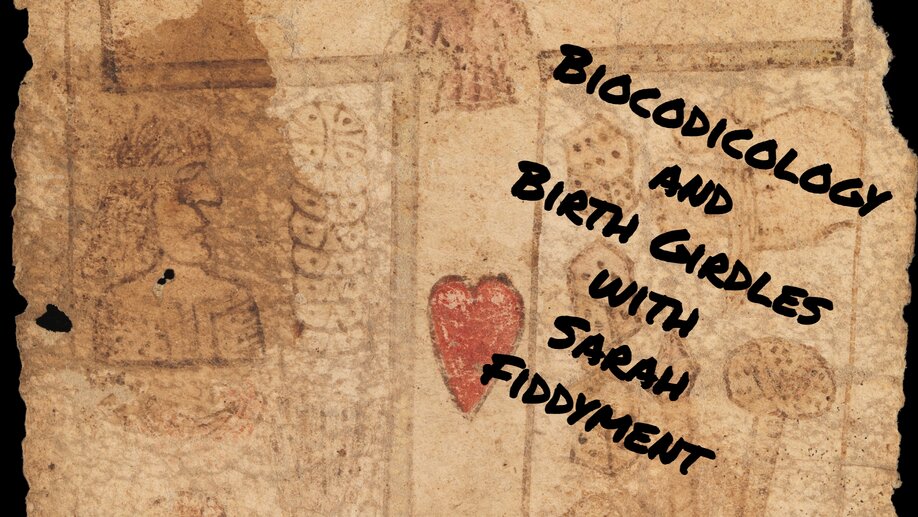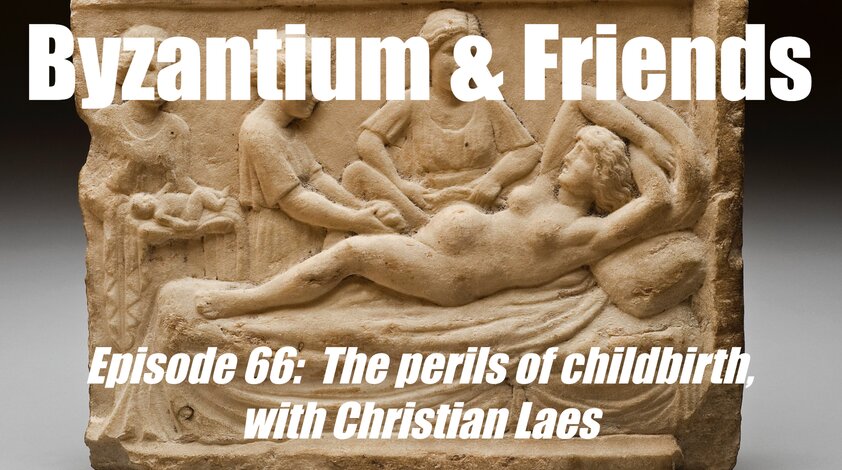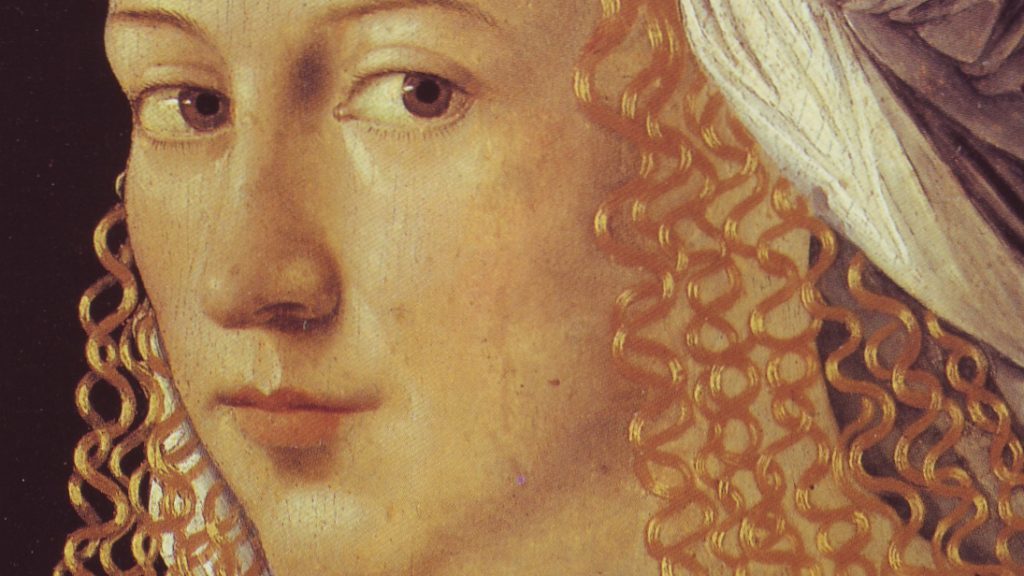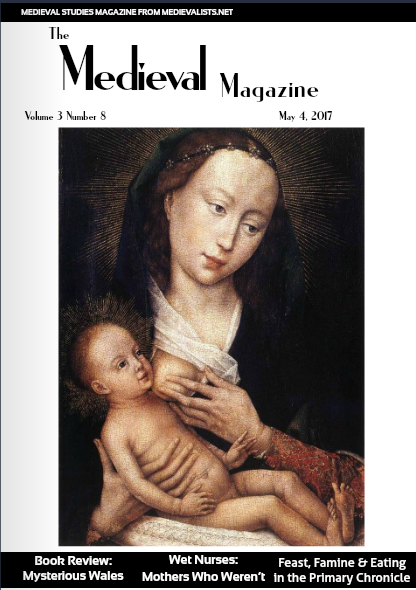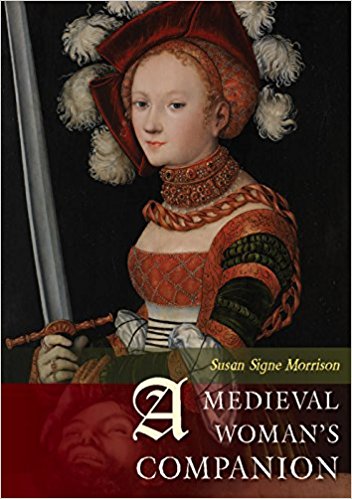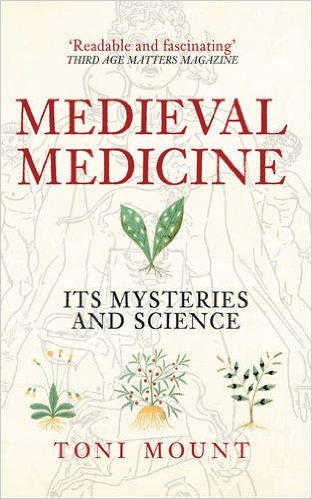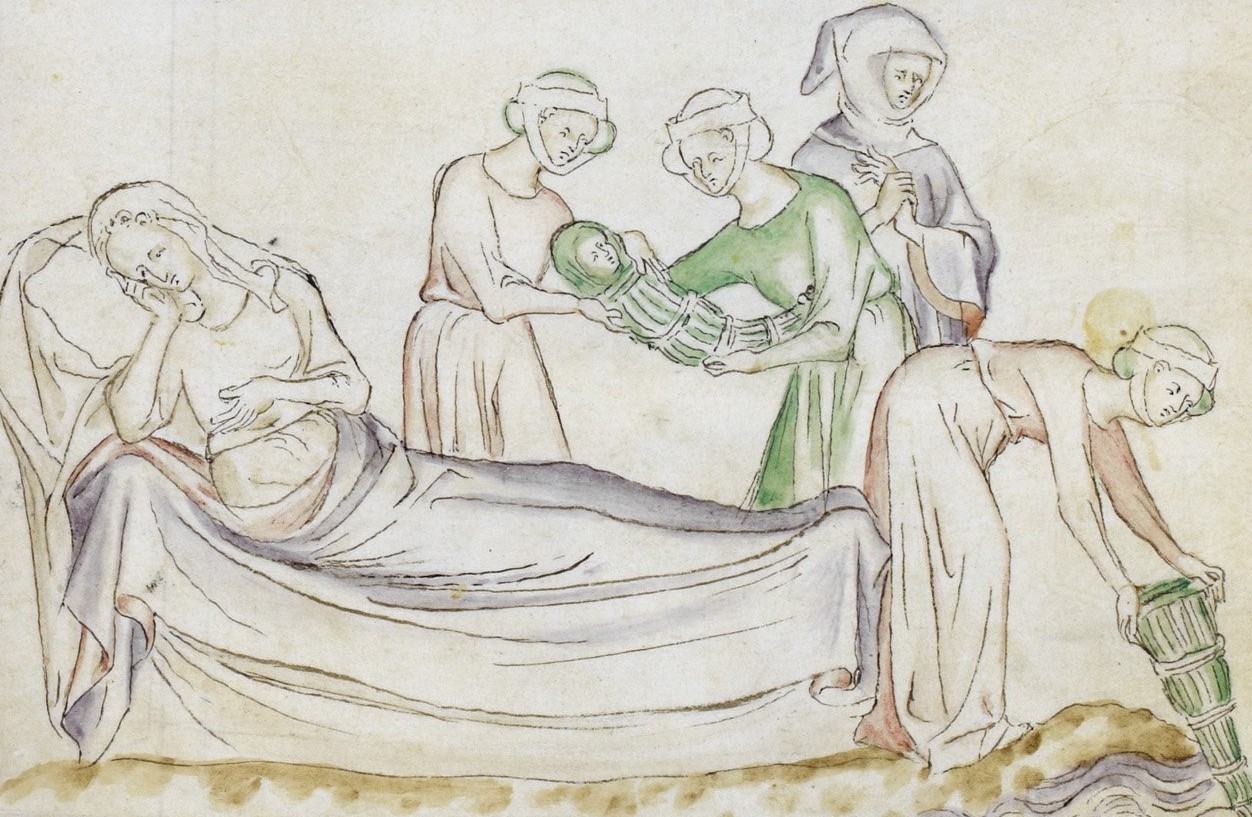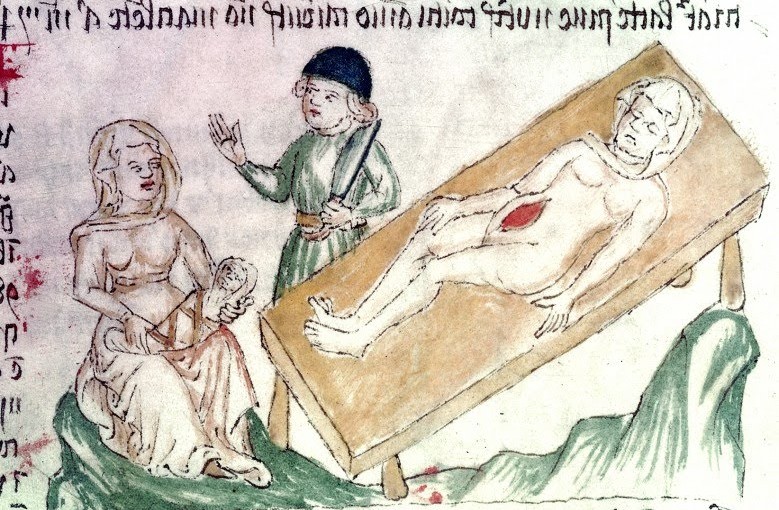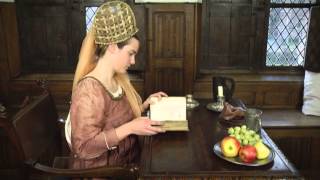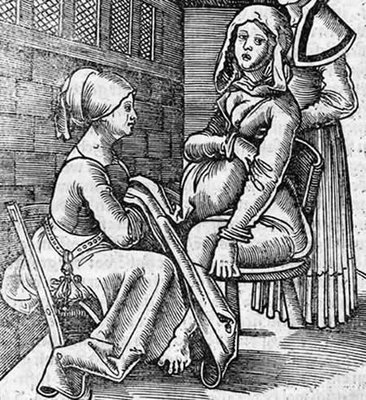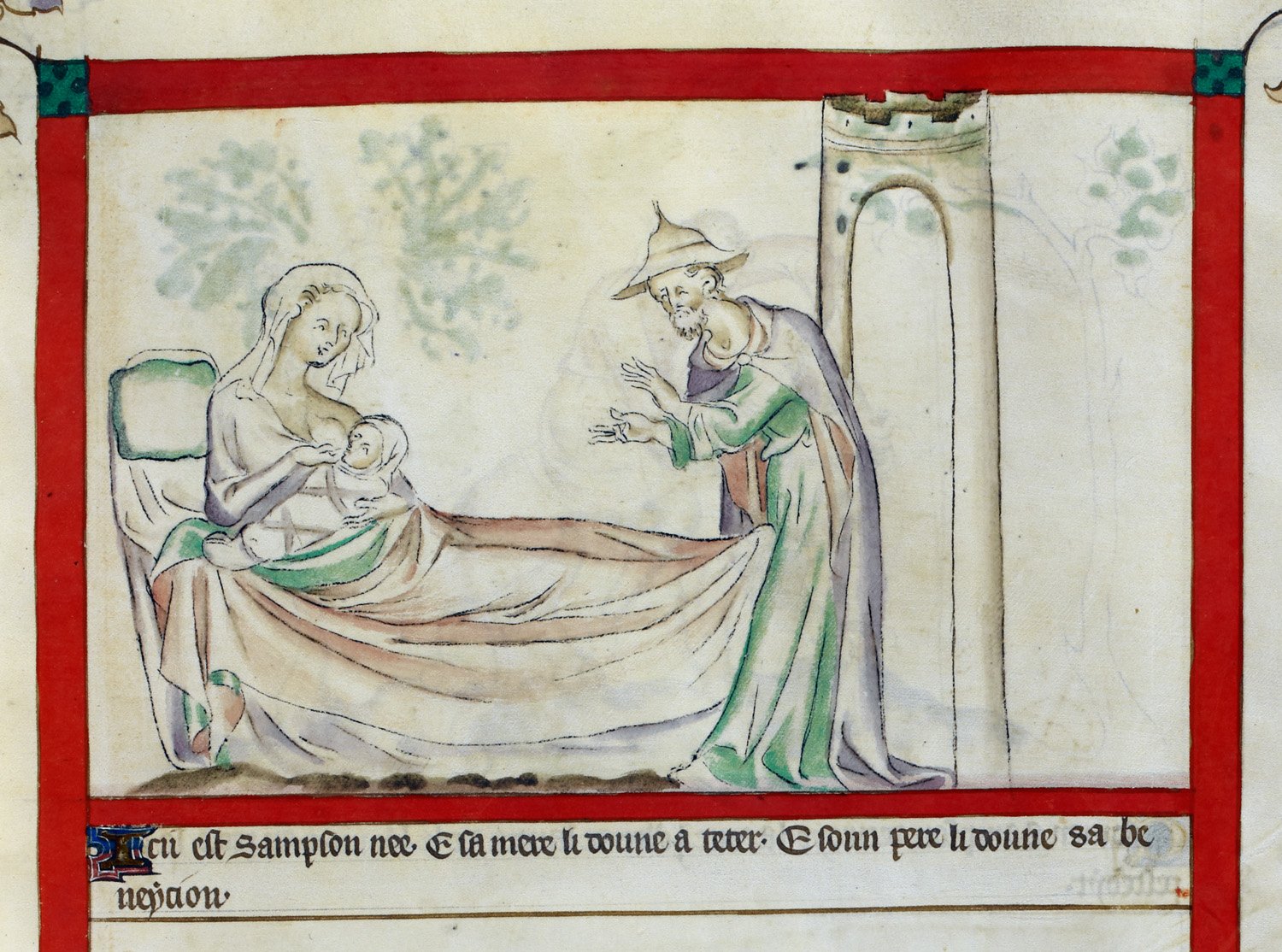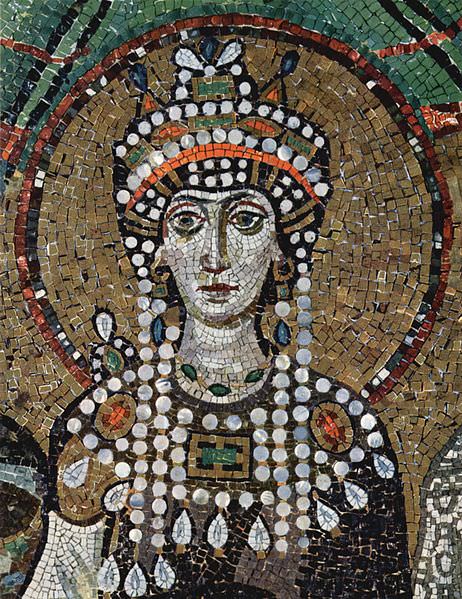Pregnancy and Power in the Viking Age: New Study Reveals Surprising Roles for Expectant Women
A new study uncovers how pregnant women in Viking society were imagined not only as mothers, but sometimes as warriors.
Medieval Childhood: Dark Age or Golden Age?
Nicholas Orme’s lecture uses the huge surviving body of evidence about medieval children to show that children were seen by adults very much as they are today, and enjoyed a rich culture of relationships, clothes, toys, games, and books.
Biocodicology and Birth Girdles with Sarah Fiddyment
This week on The Medieval Podcast, Danièle speaks with Dr. Sarah Fiddyment about a mind-blowingly simple way of collecting biological information from parchment, what it can tell us, and what it reveals about how a late medieval birth girdle was used.
The perils of childbirth, with Christian Laes
A conversation with Christian Laes about one of the most joyous, dangerous, and often tragic, moments of life in antiquity and the Middle Ages: childbirth.
Medieval Advice for Pregnant Women
The wonderful and bizarre pieces of advice offered to pregnant women by a group of medieval peasant women.
Gender Revealing the Medieval Way
The Secrets of Women offers several strange ways to determine the gender of an unborn child.
Medieval ‘birthing girdle’ parchment was worn during labour, study suggests
Scientists have used emerging proteomic techniques to find traces of ancient vaginal fluid, honey and milk on a rare manuscript from the late 15th century.
What to get for a medieval baby shower
As any parent who’s ever tried to travel with a baby will know, babies require a fair bit of stuff to keep them safe, happy, and comfortable.
Difficult and deadly deliveries?: Investigating the presence of an ‘obstetrical dilemma’ in medieval England through examining health and its effects on the bony human pelvis
The skeletal samples examined in this study are from medieval English populations with long-established agricultural diets. Bony pelvic metrics analyzed are from the St. Mary Spital assemblage, and demographic and pathological data from St. Mary Spital were compared to the East Smithfield Black Death cemetery assemblage.
Gendered viewing, childbirth and female authority in the residence of Alice Chaucer, duchess of Suffolk, at Ewelme, Oxfordshire
This article examines the visual culture of the late medieval great residence from the perspective of the female gaze.
Lucrezia Borgia and her marriage to Alfonso d’Este
After two failed marriages, one of which had ended in the murder of Alfonso Duke of Bisceglie, Lucrezia Borgia was once more on the marriage market in the year 1500. She was a pawn, a chess piece for her father and brother’s political plans. This time, the Borgia family were looking to tie their family to the Estes of Ferrara – a proud and ancient House.
Protecting Against Child-Killing Demons: Uterus Amulets in the Late Antique and Byzantine Magical World
This doctoral dissertation examines medicinal-magical amulets pertaining to the uterus and the protection of women and children, the accompanying tradition of magical texts, and the mythology and folktales of demons believed to kill children and parturient women.
The Medieval Magazine (Volume 3, Issue 8) : Mother’s Day Issue
In our latest issue: Celebrating Mother’s Day. Mothers Who Weren’t: Wet Nurses in the Late Medieval Mediterranean
Motherly advice from the ninth century, Sex in the Roman Empire: In Bed with the Romans! Feast, Famine, and Food in Medieval Russia, Books: A trip through Welsh past in Mysterious Wales and much, much more!
Book Review: A Medieval Woman’s Companion by Susan Signe Morrison
Susan Signe Morrison’s book, “A Medieval Woman’s Companion” brings the contributions of medieval women, famous and obscure, to the forefront in this fantastic introductory text.
BOOK REVIEW: Medieval Medicine: Its Mysteries and Science by Toni Mount
Our review of Toni Mount’s fascinating look at medicine in the Middle Ages in – Medieval Medicine: Its Mysteries and Science by Toni Mount.
The ‘Miracle of Childbirth’: The Portrayal of Parturient Women in Medieval Miracle Narratives
This paper explores how tales of difficult births found in medieval miracle narratives can contribute to our understanding of the experience of pregnancy and childbirth in twelfth-century England.
Performative Rituals for Conception and Childbirth in England, 900–1500
This study proposes that performative rituals—that is, verbal and physical acts that reiterate prior uses—enabled medieval women and men to negotiate the dangers and difficulties of conception and childbirth.
Do evolutionary perspectives of morning sickness and meat aversions apply to large-scale societies? : an examination of medieval Christian women
Through an investigation of staple diets, religious dietary views, medical literature, and wives’ tales of medieval Christian women, aversions to animal flesh and animal products among pregnant women do not appear to be supported
‘Sadly and with a Bitter Heart’: What the Caesarean Section Meant in the Middle Ages
The article presents a unique historical document, a notarized act of 1473 drawn up for a Provençal barber surgeon commissioned to extract a fetus from a corpse
She Shall Be Saved in Childbearing: Submission,Contemplation of Conception, and Annunciation Imagery in the Books of Hours of Two Late Medieval Noblewomen
In this piece, I suggest that such books were also constructed with the intention of instilling certain virtues within the young and newly-married woman—namely, submission and a humble desire for motherhood.
Childbirth Miracles in Swedish Medieval Miracle Collections
The chance of dying in pregnancy or childbirth was very real for medieval women, and still is in many Third World countries. In Medieval Catholic Western Europe, including Scandinavia, these risks, and the absence of medically schooled persons who could give efficient help, led many women to turn to the saints for intercession.
Cold and Wet, Hot and Dry: The Knowing of Woman’s Kind in Childing
The Knowing of Woman’s Kind in Childing is an important and significant medieval medical text because it has a self-identified female audience and a female-orientated medical focus.
Oh, Baby! Medieval Childbirth
Like most things in the Middle Ages, the process of giving birth was mired in both superstition and religion.
The Significance of Twins in Medieval and Early Modern Europe
But supposing you are lucky, having run the gauntlet of twin birth, its association with sickness and the unnatural, and we see mother and children survive. What then, what status was given to twins?
Theodora, Aetius of Amida, and Procopius: Some Possible Connections
Behind the purported facts of Theodora’s career as a common prostitute and later as empress are the hidden details of what we might call feminine pharmacology: what were the drugs used by prostitutes and call-girls in sixth-century Byzan- tium? Were there ordinary pharmaceuticals employed by such professionals to stay in business?
